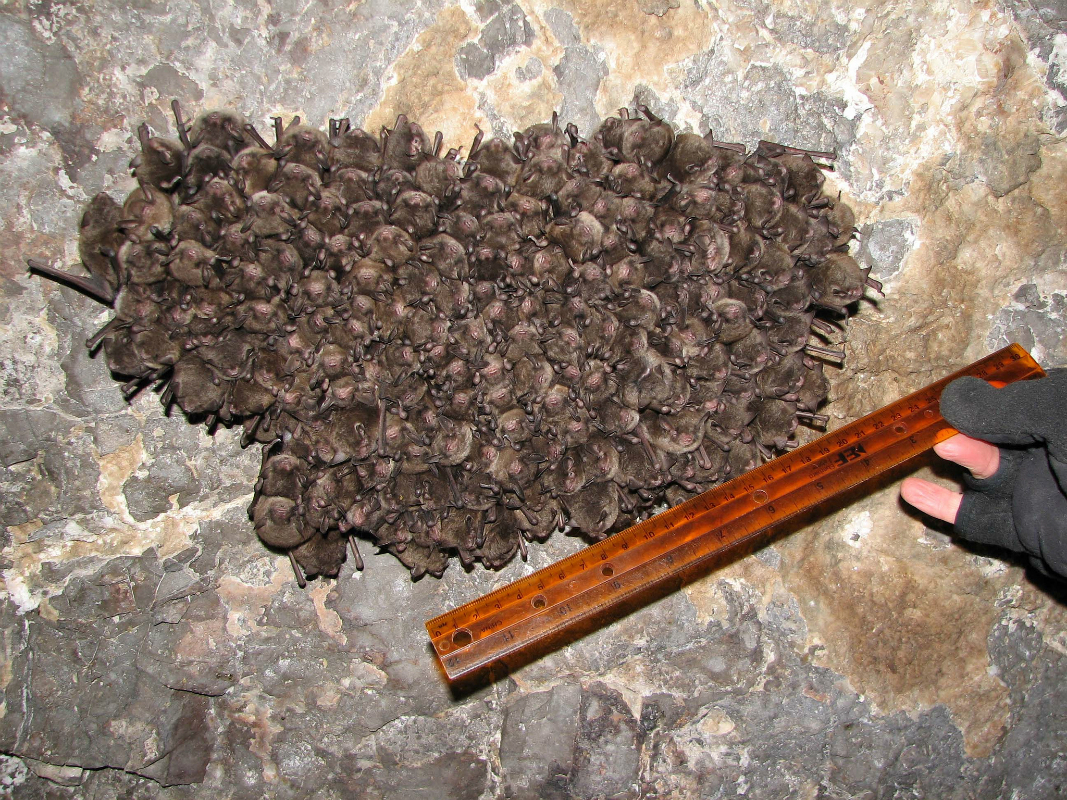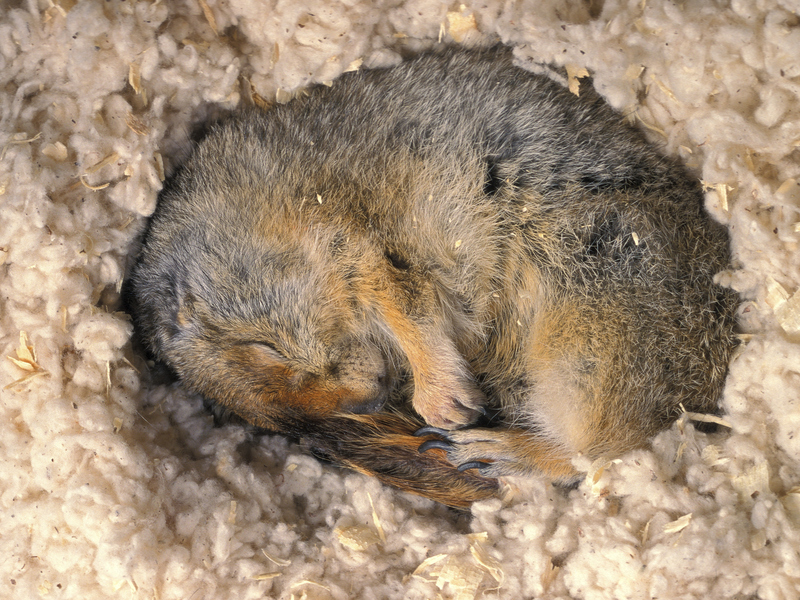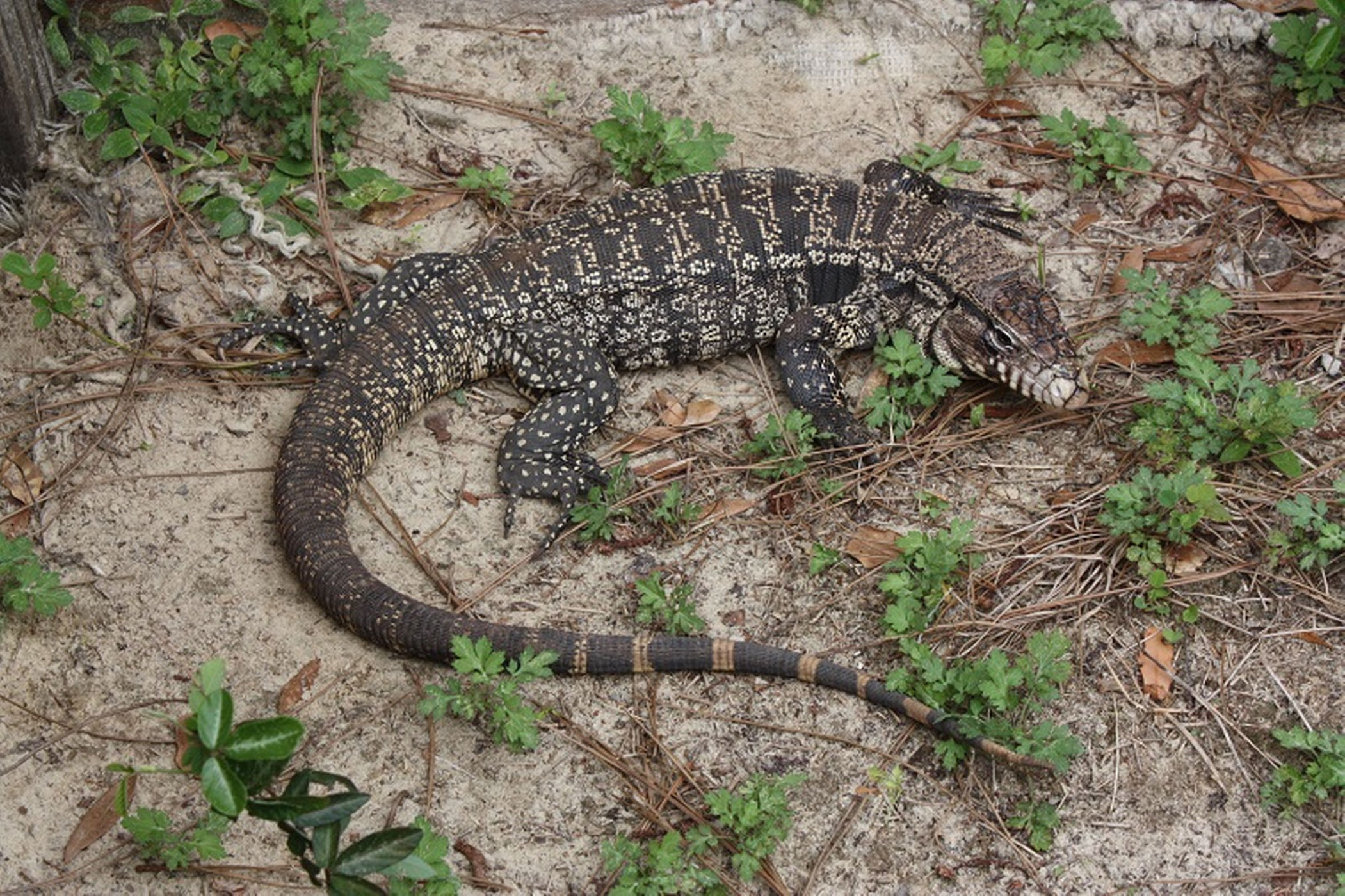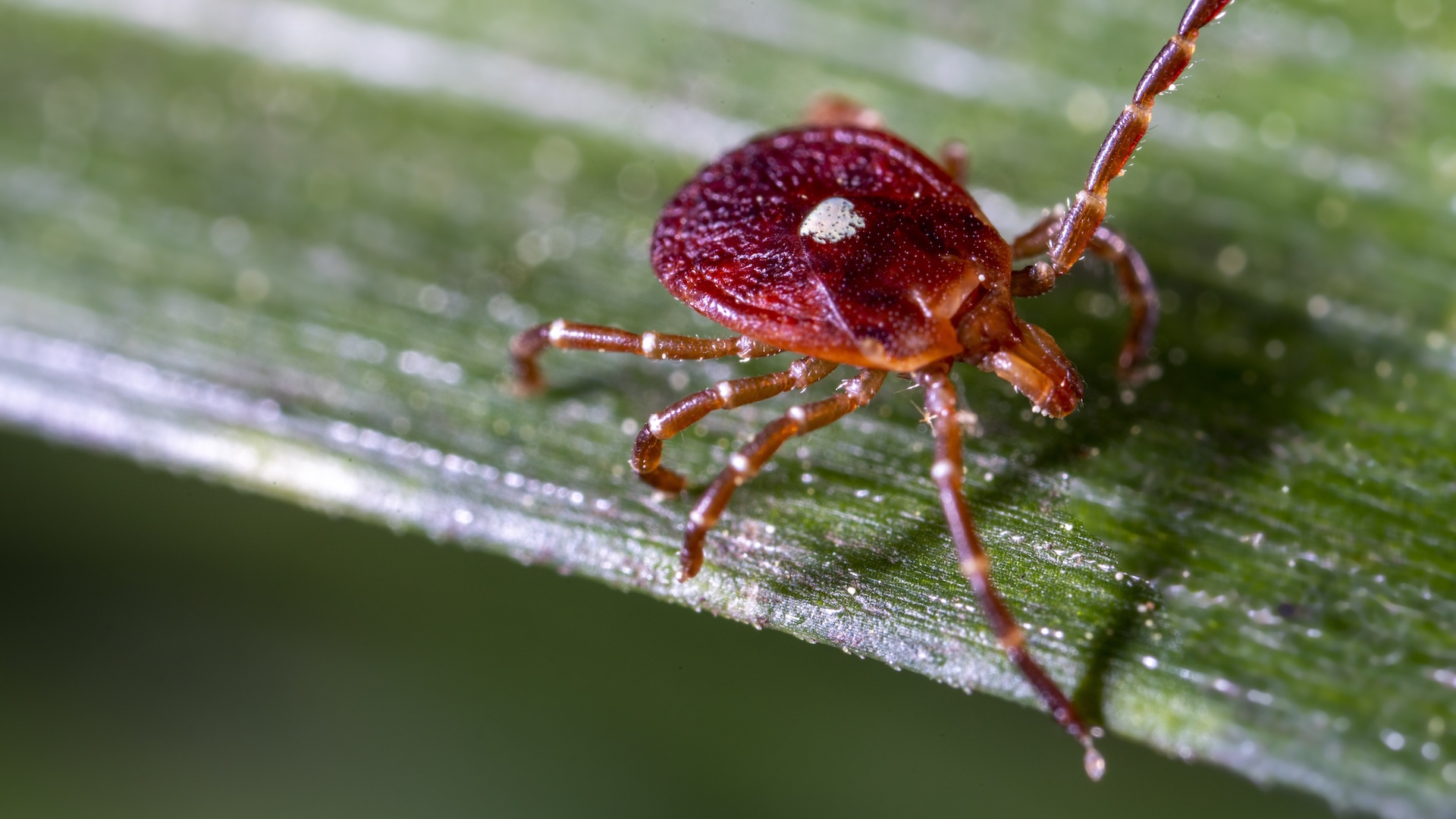Why do animals hibernate?
It's not just a matter of temporary comfort — it's necessary for survival.
During the cold winter months, nothing seems more inviting than a warm bed. But for some animals, hunkering down in a cozy den when nights are long and temperatures are low isn't just a matter of temporary comfort — it's necessary for survival.
Certain animal species have evolved an adaptation that allows them to weather long stretches of time when food is scarce — they enter a state known as hibernation. And what happens when an animal hibernates is much more dramatic than simply curling up for an extended nap; extreme metabolic changes are taking place. The animal's heart and breathing rates slow down, and its body temperature drops. Depending on the species, days or even weeks may pass without the animal waking to drink, eat or relieve itself.
Related: 5 hibernating bears let scientists peek into their dens
The word "hibernation" is derived from the Latin hibernare, meaning, "to pass the winter," according to the Online Etymology Dictionary. The term originated in the late 17th century in reference to a dormant state in insect eggs and plants, and was applied to other animals beginning in the 18th century.
Today, many types of mammals are recognized as hibernators, including bats, rodents, bears and even primates — three species of dwarf lemur in Madagascar and the pygmy slow loris in Vietnam have been found to hibernate.
Hibernating groundhogs even inspired the annual U.S. celebration of Groundhog Day, with a groundhog's emergence from winter slumber heralding spring's arrival time. The tradition was brought to the U.S. by German immigrants — folklore linked the length of hedgehogs' shadows as they emerged from hibernation to the end of winter.
The big sleep
Hibernation is typically linked to seasonal changes that limit food supplies. It is identified by metabolic suppression, a drop in body temperature, and torpor — a sleep-like state — interspersed with brief bouts of wakefulness. Though certain species of fish, amphibians, birds and reptiles are known to lie dormant during cold winter months, hibernation is generally associated with mammals, according to Don Wilson, a curator emeritus of vertebrate zoology at the Smithsonian National Museum of Natural History.
Get the world’s most fascinating discoveries delivered straight to your inbox.
Endothermic mammals — "warm-blooded" animals that generate body heat internally — need a constant energy source to keep their engines running, Wilson told Live Science. And when that energy source becomes difficult to find, hibernation can help them weather harsh conditions.
"During times of the year when that energy source is missing — especially in northern climates — one coping mechanism is to just shut down," he said. "They'll feed heavily during the few months when food is plentiful and build up fat, then go to sleep and live off their fat reserves."
A special type of fat called "brown fat" accumulates in hibernating mammals, Wilson said. Bats that hibernate develop brown fat on their backs between their shoulder blades, but mammals can also store brown fat in their bellies and elsewhere in their bodies, Wilson said.
Related: 5 fascinating facts about brown fat
Cold and slow
Brown fat goes a long way because the hibernating animal draws on it very slowly, reducing their metabolism to as little as 2 percent of their normal rate, according to a 2007 study published in the Journal of Neurochemistry.
Their core body temperature is also greatly reduced. It generally hovers close to the air temperature in the animal's den but can sometimes fall as low as 27 degrees Fahrenheit (minus 3 degrees Celsius) in Arctic ground squirrels, according to Kelly Drew, a neurochemist and professor with the Institute of Arctic Biology at the University of Alaska Fairbanks.
Arctic ground squirrels' bouts of torpor last about two to three weeks, Drew told Live Science, and the animals rouse "pretty consistently" for about 12 to 24 hours, before resuming their winter sleep. They repeat this process for up to eight months.
But even though Arctic squirrels maintain a lower body temperature than any other hibernating mammal, the changes in their bodies overall aren't that different from those that occur in other hibernating mammals, Drew said.
"The quality of mammalian hibernation is similar from bears to hamsters to ground squirrels," Drew said. "The distinguishing feature is how cold they get."
Related: Sleep tight! Snoozing animals gallery
Do reptiles hibernate?
What about reptiles, which are pretty cold in general? Are their periods of seasonal dormancy comparable to hibernation in mammals? Yes and no, said Glenn Tattersall, a professor of biological sciences at Brock University in Ontario, Canada.
"When mammals shut down, they don't respond to external cues — or they do it in very slow motion," Tattersall told Live Science. "Reptiles aren't like that. If you open up where they're hibernating, they'll look at you — they're clearly still responding."
Hibernation in reptiles is not as well studied as hibernation in mammals. One of the challenges is that reptiles' metabolic rate — compared to mammals' — is low even when they aren't hibernating, Tattersall said.
"In a mammal, the decline in metabolic needs is dramatic," Tattersall said. "In reptiles, you're trying to measure something that's already so small. It doesn't seem impressive."
But Tattersall's research on Brazilian tegu lizards' winter dormancy periods, when these animals spend six months underground and their heart rate drops from 30 beats per minute (bpm) to 1 to 2 bpm, hints that these reptiles do suppress their metabolic activity — a defining characteristic of hibernation.
His findings, released in April 2015 in the Journal of Comparative Biology, described a decline in these lizards' metabolic rate leading up to the dormancy period, suggesting metabolic suppression similar to mammals'.
The exact process that triggers hibernation in some animals and not in others is unknown. However, in 2011, Drew and other researchers identified a particular molecule in the brain — adenosine — linked to hibernating behavior in Arctic ground squirrels.
Their findings, published in The Journal of Neuroscience, showed that by activating certain brain receptors for adenosine, they were able to induce torpor in Arctic ground squirrels and then later reverse it — an important step in identifying the factors that set the hibernation process in motion.
Originally published on Live Science.

Mindy Weisberger is a science journalist and author of "Rise of the Zombie Bugs: The Surprising Science of Parasitic Mind-Control" (Hopkins Press). She formerly edited for Scholastic and was a channel editor and senior writer for Live Science. She has reported on general science, covering climate change, paleontology, biology and space. Mindy studied film at Columbia University; prior to LS, she produced, wrote and directed media for the American Museum of Natural History in NYC. Her videos about dinosaurs, astrophysics, biodiversity and evolution appear in museums and science centers worldwide, earning awards such as the CINE Golden Eagle and the Communicator Award of Excellence. Her writing has also appeared in Scientific American, The Washington Post, How It Works Magazine and CNN.




